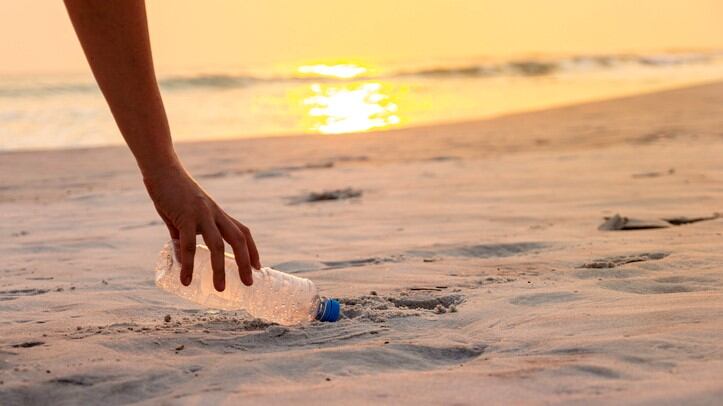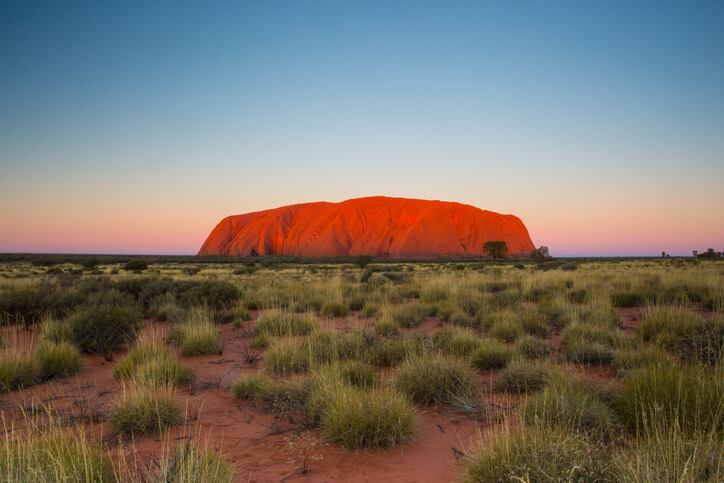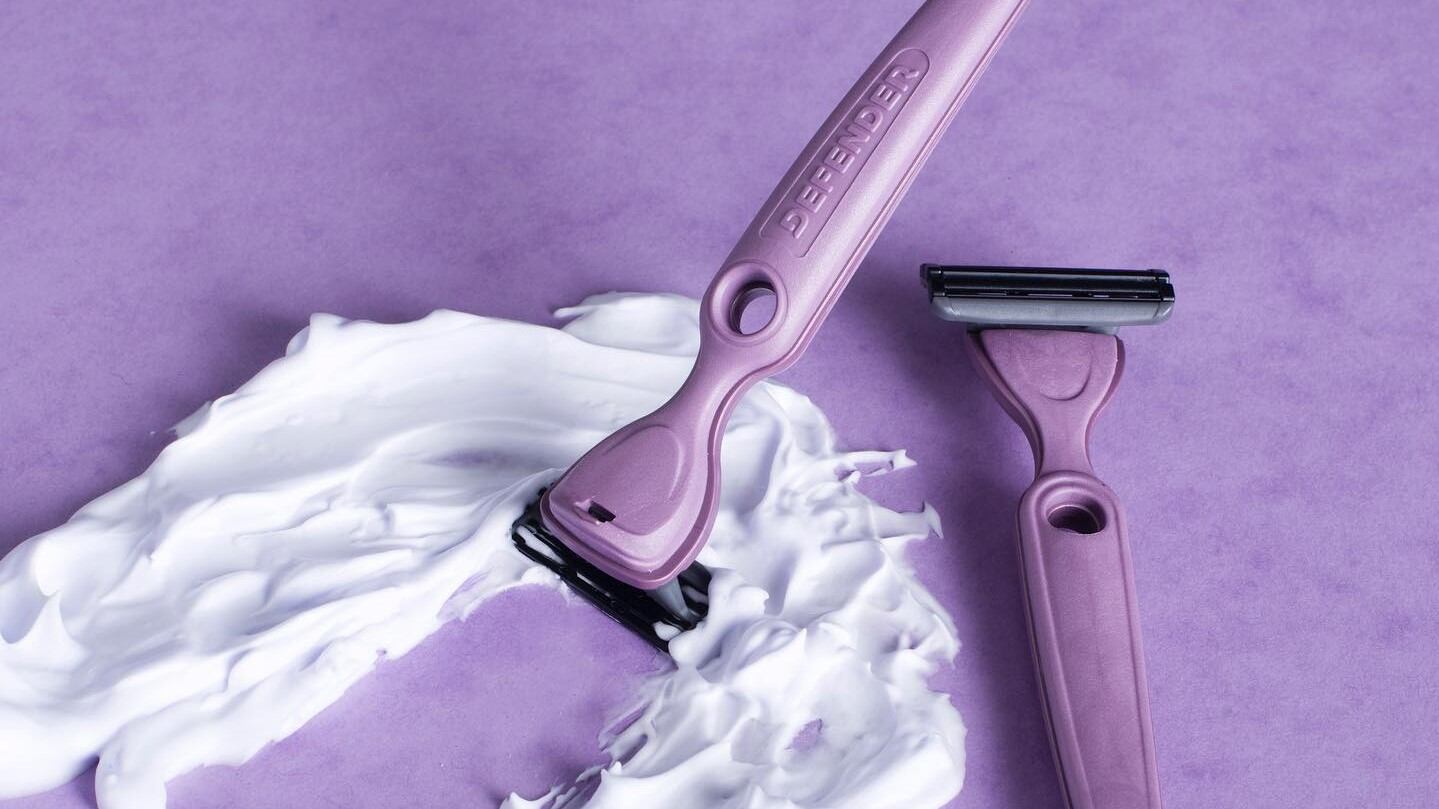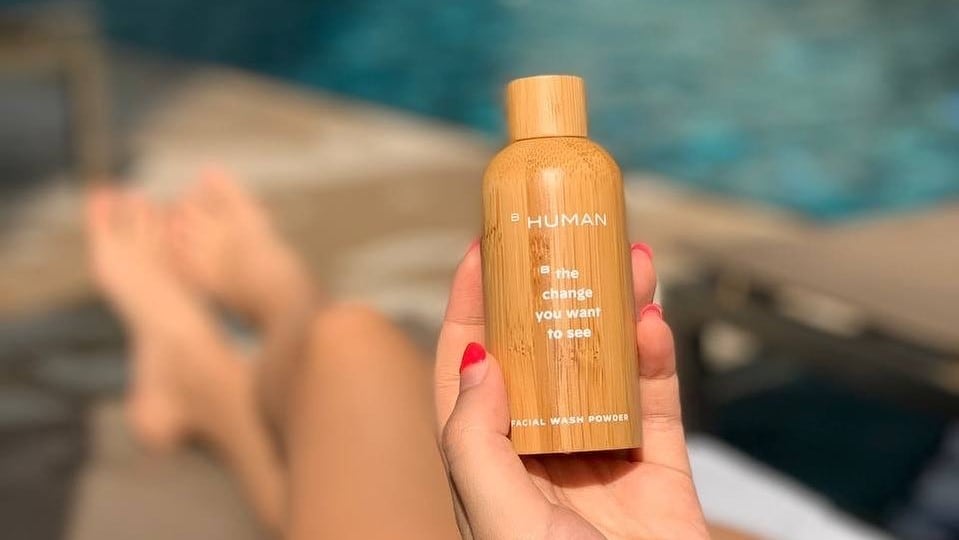While green beauty focuses on environmental protection, blue beauty stems from the need to address and correct the ways the industry’s products harm our oceans.
“From ingredient sourcing to responsible packaging, industry leaders that were previously seen as ‘green’ are now making a concerted effort to become ‘blue’. It’s certainly resonating with the sustainability and ethical expectations of consumers. With the oceans covering more than 70% of the Earth’s surface, it comes as no surprise that future leaders are advocating their protection,” explained Krutika Sen, business affairs manager of Australian biotech firm Marinova.
She said that the trend, while a global one, is spreading quickly in the APAC region, evidenced by more research into the potential of marine-derived ingredients.
Australia’s government and leading research institutes, for instance, have been actively investigating the potential of marine algae.
With more scientific backing, Sen believes that such ingredients from the region will garner more attention from the industry.
“We expect this to continue well into the future and for the demand for products that are sourced from very clean ocean waters, such as those of Australia and New Zealand, to continue to rise.”
Furthermore, because of the historic use of seaweeds in many Asian cultures, the company expects seaweed to be in high demand among brands from APAC.
“We tend to see APAC brands very open to incorporating seaweed extracts into their products. They are already aware of many the therapeutic benefits offered by certain seaweeds and their bioactive compounds and keen to embrace new scientific evidence as it emerges.”
As the blue beauty model emphasises the entire supply chain, Sen expects it to place sustainable and ethical sourcing under the microscope.
The company, for instance, only sources wild macroalgae and practices hand-harvesting.
“We do not – and will not – source seaweeds that have been grown or farmed in those parts of the world prone to industrial or human contamination or where environmentally sustainable harvesting practices cannot be assured,” said Sen.
Marinova believes it is well-positioned to tap into this new wave of beauty with its marine ingredients.
“The core values of the blue beauty movement align well with suppliers like Marinova. Ingredients produced by us are an excellent fit for the blue beauty model and are increasingly being incorporated into a range of topical skincare applications. These are ingredients that tick all the boxes – from the sustainably and ethically sourcing of the raw material right through to a comprehensive dossier of supporting scientific evidence.”
Water: The real luxury
Aside from ingredients, the blue beauty movement is also concerned about water wastage, which has led to new innovative formulas that assist in the conservation of water as a natural resource.
Waterless products also save the planet from damaging emissions – water adds volume and weight to a product which increases the number of transportation vehicles. Furthermore, reconstituted products create less waste as less water equates to less packaging.
In recent years, the waterless beauty trend has gained traction in the market with indie brands like Bhuman playing a significant role in promoting the concept.
Launched in 2019, Bhuman is an eco-beauty brand from Singapore that offers a 100% waterless face cleanser that contains a plant-based enzyme powder that activates with water.
Originating from one of the most water-stressed countries in the world, the brand is highly conscious of the pressing issue of water scarcity.
“Water is such an overlooked commodity. It’s a very precious commodity that is going to become even more scarce in many parts of the world either because of climate change or because of our rapid utilisation of water,” said Lee Yeeli, founder of Bhuman.
She elaborated: “[Water] is just not priced correctly. Let’s look at plastic – it takes a few cents to make because plastic pellets are so cheap but it’s going to take us 400 years to biodegrade. We’re just not pricing it correctly, which is why everything is plastic. It’s the same with water.”
Waterless products also save the planet from damaging emissions – water adds volume and weight to a product which increases the number of transportation vehicles. Furthermore, reconstituted products create less waste as less water equates to less packaging.
While awareness for blue beauty is not as widespread as green beauty or clean beauty in Asia, Lee is optimistic that the movement will grow swiftly.
“I think it's a very new term to most people, including myself, it's a new terminology I'm picking up in the market. But I feel that it’s increasing. I used to think everything just doesn’t really care but not I’m seeing a lot of activity and discussions about sustainability, not just among the zero wasters, but amongst everyone else.”
She added that this has accelerated in part because of the COVID-19 pandemic, which has undoubtedly made lasting changes to consumption habits.
“I think COVID-19 is teaching us that we have too much clutter in our lives. Because we’re living in tighter spaces, you cannot run away from the fact that your house is cluttered. Our consumption patterns are starting to change. So, we're seeing, surprisingly, A huge rise in just conscious consumption and demand for our kind of beauty products – something that is more thoughtful.”





